ALPSTORE Pilot Sites
ALSACE AUTO 2.0: rolling out an energy price plan for electric vehicles in the Strasbourg area in cooperation with the local electricity supplier, and managing the charging process to optimise electricity supply cost and environmental footprint.
Location of implementation: Strasbourg
Involved Partners: Freshmile
Short description of the PA
Concreteness, Transnational relevance & Innovation
Strasbourg is a border city. Once up and running in Strasbourg and Alsace, it is planned to extend the scheme to Germany, in partnership with the local utilities in Baden Württemberg (possibly EnBW, Badenova, etc.).
Planned activities:
- To determine price plans with the local utility Electricité de Strasbourg
- To determine joint-marketing and sales actions with Electricité de Strasbourg
- To determine joint-marketing and sales actions with car dealerships in the Strasbourg, involving different brands
- To secure a small fleet of users (testers, early adopters)
- To roll out smartphone applications to offer free electric mobility check-up service
- To roll out the infrastructure to remote control the charging process for the fleet (charging stations, telco, smartphone app)
Present stage of implementation
- Online test for end-users rolled out on Freshmile’s website, completed by more than 300 users to date
- New mobile app developed and distributed via Google Play (v2)
- First version for iPhone published on Apple’s Appstore (v1.1)
- Ca. 200 downloads on 30 June
- Feedback received from ca. 30 selected users
- Development started on the new mobile app version, including lighter user interface, improved tracking, automatic mode and improved privacy
- Mobility timeline in preproduction
- Website rewritten in full responsive design
- Development of proprietary algorithms to identify transportation mode, driving style, EV energy use, charging needs: the whole system of algorithms and database is called Long Jing
- On 30 June, Long Jing consists of 13 different algorithms
- On 30 June, ca. 2,000 trips have been logged in the system and analyzed
- Key indicators for environmental externalities implemented
- 2 demonstration sites were put in production, each with one charging station and at one electric vehicle (in Entzheim and in Sélestat, 50 km far apart, to show the real-time remote control abilities)
- Inauguration event with press release and communication at site n°2 in Sélestat, jointly held with Maisons Hanau, the company that built the passive house that hosts this Freshmile charging point
- Technical feasibility of remote-charging control has been demonstrated in the 2 sites
- Demonstration site visits organised for numerous parties (utilities, local authorities, financing bodies, automobile club...)
- Proprietary software (name: Juice) developed and put in production, to managed charging stations, using the OCPP standard
- Development started on predictive tools for charging curve prediction, linking the mobility timeline to the Juice software
- Negotiations still ongoing with the local utility and some car dealerships to joint-sell the price plans
- Negotiations with major utilities for roll-out in and outside Alsace (confidential, cannot be disclosed)
- Cross-review of implementation plans with VLOTTE, as organised by BAUM and G. Grea
Steps planned for next reporting period
- Roll out the mobile app in the upgraded version, with automatic tracking and timeline building (Android, iPhone)
- Release separate versions of Juice for site supervisors and end users (web app and mobile app)
- Gather data on mobility habits thanks to the mobile app
- Put in production freshmile.org, an open-data repository of anonymous GPS tracks built on the mobility data gathered by the mobile app
- Run the EV scenarios on Alsace and calculate impact assessment of mobile storage, based on real mobility data and real load curves, as gathered by our mobile app and Juice supervision software
- Install a third demonstration site, more if possible (but not more than 10)
- Educational blog alive with educational post for the media and the general public (see objectives in communication plan)
- Continuous improvement of website
- Continuous improvement of the mobile app
- Continuous improvement of the algorithms
- Finalising agreements with local utilities and car dealers (objective beyond RP4)


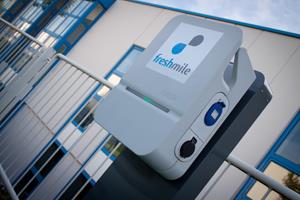
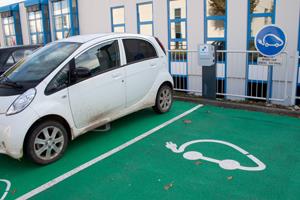

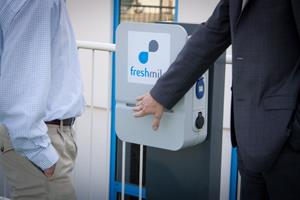
Gas and Power – together for a cleaner future
Location of implementation: Belfort, France.
Involved Partners: Université de Technologie Belfort-Montbéliard
Short description of the PA
Storing energy in the form of Hydrogen and electricity production through fuel cell – a unified approach for mobility and electricity grid support.
Concreteness, Transnational relevance & Innovation
The share of electricity from wind and solar energy in the electricity grid is increasing rapidly. Due to the intermittent nature of these energy sources, their real-time integration is not a simple task. In many regions today, surplus electricity cannot be fed into the power grid due to a lack of storage facilities. Power-to-Gas is an innovative way to store and transport large quantities of energy. This process uses the excess electrical energy to produce hydrogen by electrolyzing water. With the advances in Fuel Cell technology, the conversion of Hydrogen back into electricity has also become an efficient process. Fuel Cells installed in electric vehicles can readily be connected to the grid using the emerging Vehicle to Grid (V2G) technology. In this way, Hydrogen serves as an energy storage medium for the needs of mobility as well as an on-hand electricity source with rapid response time, for grid management for peak-shaving or valley-filling requirements. The transnational aspect of this study involves the local energy production patterns of different regions, the viability of Hydrogen storage with respect to these patterns, and also the social response of different regions towards electric vehicles in general, in order to assess the possibility of lucrative V2G business.
Planned activities:
This pilot is aimed at exploring this axis of storage. In the first phase, the efficiency of hydrogen production from electrolysis is to be studied, and its technological and economic challenges are to be determined. Then, this process will be modelled in order to obtain a simulation that permits to evaluate the dynamics of Hydrogen production, in tandem with availability of excess energy on the grid. Finally, large scale V2G simulations will be conducted to evaluate the advantages of availability of Fuel Cells (vehicles) on the grid, as a supporting storage facility.
Present stage of implementation
- Integration of FC, Electrolyser Communication model underway
- Preliminary units testing completed
- Technical assessment of individual units completed
Steps planned for next reporting period
- Simulator completion for large scale testing
- Economic model to be refined and integrated
- Final large scale testing
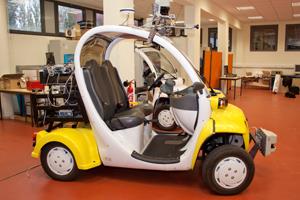
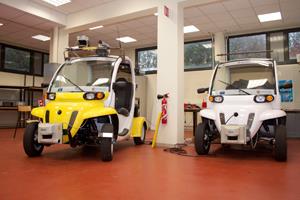
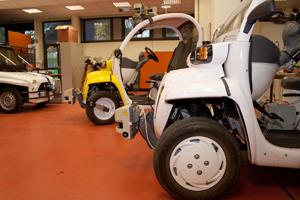
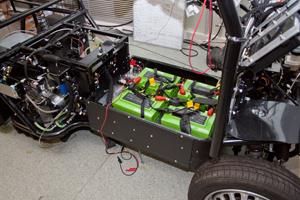
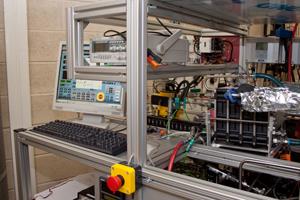
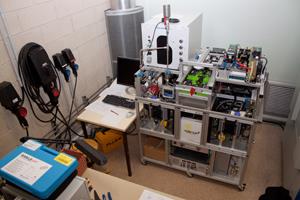
EVective storage
Location of implementation: At location of Vorarlberger Kraftwerke AG, Bregenz, Austria
Involved Partners: VLOTTE, University of Innsbruck, e-car service (TBC), other partner (TBC)
Short description of the Pilot Activity (PA)
Innovative stationary battery storage to manage supply side (e.g. photovoltaic) and demand side (peak loads of EVs) at hot spots to reduce impacts to the location and the local grid. (AF WP6: RES only and avoidance of peak loads for smart charging, smart storages at hot spots (e. g. shopping centre)
Concreteness, Transnational relevance & Innovation
The charging of EVs can stress the local grid at places with a high amount of consumption. With a raising amount of EVs in the future, the peak loads at such places, which result from the charging, will probably increase. Therefore it is necessary to cut such peak loads by shifting the charging of the EVs or other energy consumers to reduce the impacts to location and the local grid. Beyond that decentralized production of energy with renewable sources at different locations will play an important role in the future. The production of such power plants (e.g. photovoltaic) can also have impacts for the local grid. In both ways, demand side (consumption of energy) and supply side (production of energy), the local grid may be faced with challenges, especially at hot spots (high energy consumption and production). For that reason it will be necessary to balance the supply side (e.g. photovoltaic) and the demand side (EVs). The matching of the production with photovoltaic power plants and the EV needs (charging) ensures, as much as possible, a self-consumption approach. Furthermore a sustainable mobility supply for EVs with renewable energy sources can be guaranteed.
One reason for that issue can be a stationary storage system, like battery storage, which compensate the supply and the demand side in both ways. With the pilot activity a "smart” storage should be developed and implemented at a chosen hot spot. To have a more innovative approach, new types of stationary batteries will be investigated. In case of a possible feasibility one of these storage systems shall be implemented, tested and evaluated. Furthermore, vehicle to grid (V2G) and grid to vehicle (G2V) approaches shall be investigated to figure out the potential of such systems. For that reason it is necessary to figure out the constraints of these approaches.
Present stage of implementation
- RP4 – Planning of the PA together with the external experts finished, Planning processes have been adapted, University of Innsbruck has started to build a prototype of a battery storage with new electrodes ("Embroidered Battery”) and delivered first results; University of Innsbruck has improved process with "Embroidered Batteries”, Implementation of "2nd Use batteries” has started in Bregenz
Steps planned for next reporting period
- RP5 – Final Implementation and Start of first tests of "2nd Use Batteries” will be started in summer; Monitoring and experimental phase will also start, Evaluation of the first results, First results for the project evaluation available, Conclusion of the monitoring and experimental phase; Study, analysis and report on the PA results.
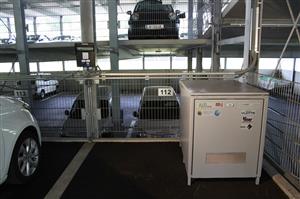
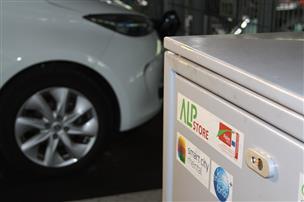
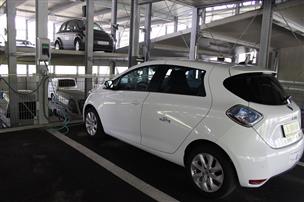



TEAM: TecnoCity Energy Area Manager
Location of implementation: The Pilot application will be realized in the Business Campus TecnoCity at Legnano. Legnano is an Italian municipality with 59.147 inhabitants in the north-westernmost part of the Province of Milan, about 20 km from Milan. Tecnocity is an High-Tech incubator, where 53 between Smes and scientific centers are placed for benefit from cross sectorial knowledge transfers. The space occupied is since 25.000 square meters.
Involved Partners: Euroimpresa Legnano
Short description of the PA
Managing a business and science campus as self-contained energy cell using local generation, mobile batteries and suited software useful to optimize the energy ecosystem
Concreteness, Transnational relevance & Innovation
The Pilot application which is designed by the Italian EuroImpresa partner will be realized in the Business Campus TecnoCity.
The Pilot Application is based on the monitoring and control of the electric energy needs of the industrial area in Legnano, North-West of Milan, in order to coordinate power flows from photovoltaic production (120 kW on the roof and 1.6 MW in a dedicated power plan, close to the monitored area) and consumption (the area is connected to the main grid by two medium voltage/low voltage transformers that feed the lighting and thermal apparatus). Starting from this existing scenario, a new e-car charging point and stationary storage apparatus will be installed in order to provide ancillary services to the main grid.
The adopted model is based on the Virtual Power System (VPS) architecture, developed in another Alpine Space project: AlpEnergy.
A VPS could be described as a system of dispersed power production and consumption, where load and generators are connected to an electric grid (typically a distribution network) and the overall resulting system is typically managed in terms of energy and/or power balance by means of a communication system, in order to achieve some benefits, better explained in the remainder of the report.
Euroimpresa AlpStore Pilot Implementation is dedicated to improve the overall efficiency in the electric energy use, taking into account also the electric grid requirements. It is based on several apparati grouped in two main categories: a Renewable and Electrical Storage System ESSs stationary monitoring and control equipment and E-mobility apparatus.
1. Tecnocity energy ecosystem analysis
- Technical meetings with the energy manager of the Tecnocity area
- Analysis of the energetic characteristics of the area: check the energy generators in the area (PV power plants), check the consumption apparatus, check the capability of the loads to modulate/postpone their consumption patterns.
- Technical parameters identification for the metering apparatus, with a particular attention to the remote reading capabilities required by the functionalities that are investigated in the project.
- Selection of the metering HW & SW supplier
- Design of a static storage apparatus to best utilize the power flows in order to provide energy and power regulation to the Tecnocity pilot area.
- Selection of the Storage apparatus supplier; the storage apparatus will be adopted in the Pilot application for a predefined time period (3-6 month). After the test the apparatus will be removed, i.e. it will be adopted/available only for the demonstrative test.
- Design of the e-cars recharging infrastructure (HW&SW) and integration into the Tecnocity energy manager.
- Selection of the e-cars recharge infrastructure supplier.
2. Tecnocity Energy Manager SW
- Design of the Tecnocity Energy Manager Software. The tool will have to manage advanced functions such as: peak shaving, energy shifting, load profile forecast and control, renewable resources forecast and control, storage apparatus management, e-cars recharge infrastructure management.
- Selection of the SW supplier for the energy manager program.
3. E-cars fleet management demonstration tool
- Selection of the Mobility app supplier. The tool will have to operate on Android tablet and on web service and will be devoted to demonstrate the capability of the tool adopted/developed in the pilot project.
4. Diffusion and dissemination results
(Several items will be complementary for actions developed in WP 3 and WP 8)
- Involvement public stakeholders for project presentation
- Elaboration of digital demo
- Diffusion and dissemination results
Present stage of implementation
- RP 1
Staring to gather some and partial information on the energy characteristic of the area, for identification of the metering apparatus and developing first contacts with potential suppliers for delivering software and mobility app.
- RP 2
- Technical meetings with the energy manager of the Tecnocity area
- Analysis of the energetic characteristics of the area,
- Technical parameters identification for the metering apparatus,
- Selection of the metering HW & SW supplier,
- Selection of the Storage apparatus supplier;
- Selection of the SW supplier for the energy manager program.
- RP3
- Design of a static storage apparatus to best utilize the power flows in order to provide energy and power regulation to the Tecnocity pilot area
- Design of the Tecnocity Energy Manager Software (Virtual Power System).
- Elaboration of digital demo
- Selection of the Mobility app supplier
- Study trip on pilot action
- RP4
- Design of the e-cars recharging infrastructure (HW&SW) and integration into the Tecnocity energy manager.
- Selection of the e-cars recharge infrastructure supplier.
- RP5
- Involvement public stakeholders for project presentation
- Diffusion and dissemination results
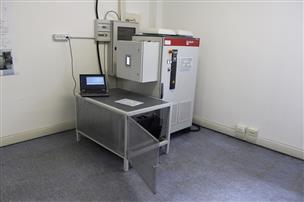
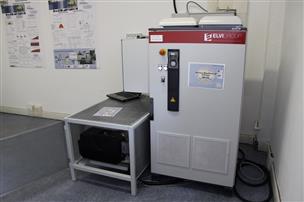
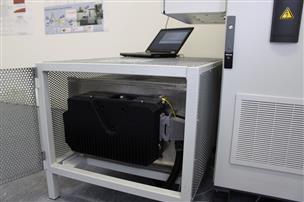
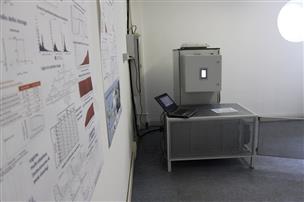
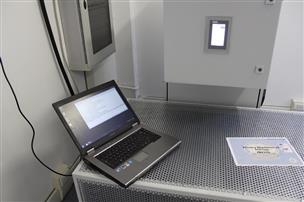

RESM: Renewable Energy Storage for Mobility in Mantova
Location of implementation
Involved Partners
The EV charging system will be realized with the support of TEA, the main multyutility company operating in Mantova, within its project of new public lighting management concerning about 30 municipalities of the province. In its plan TEA will create also new EV charging stations and will use the public lighting grid to create a smart city network to provide many new services (security system, info panels, wifi connection). The experience of Agire in VPS will be used to complete one of the EV charging stations with a storage and with the ICT connection to existing RES plants to monitor the whole system.
Short description of the PA
VPS including EV and charging station connected to biogas plant (by the central energy manager system)
Concreteness, Transnational relevance & Innovation
The VPS realized in Province of Mantua for the AlpEnergy project, that already includes biogas and PV plants, will be integrated with a storage system in order to use the photovoltaic daily production during the night.
The storage will be connected with an EV charging station as sustainable mobility system.
Agire will manage the PA in Mantua, supported by the experience of the technical partners concerning stationary batteries recovered by EV exhausted batteries, of ALOT concerning biogas vehicles (CO2NeutrAlp results), and exchanging information with European Centre for Renewable Energy about biogas storage.
Planned activities:
- Feasibility studies (technical and economic analysis about EV charging system connected with VPS and biogas vehicles supply)
- Selection of the technical and financial partner by TEA for the public lighting project, by public tender (including the realization of EV charging stations)
- Design of the complementary system: definition of the characteristics (type, size, etc.), cost analysis and choice for static storage, depending by the EV charging station selected by TEA and described by the contractor of the public tender.
- Installation of the equipments and connection with existing RES plants (PV plants owned by TEA using its new public lighting smart grid as VPS communication system or Suzzara VPS plants using the existing AlpEnergy solution). The choice will depend by the characteristics of the new TEA system and its completion time
- Monitoring of the system verifying the concrete feasibility to charge EV with renewable energy produced also in plants located elsewhere and connected by VPS.
Expected results/outputs
The main results will be:
- An EV charging station equipped with a static storage and connected with RES plants through a VPS in order to use the photovoltaic daily production during the night.
- The report about the verified feasibility of energy supplying by RES plants for EVs.
Present stage of implementation
The choice went to the realization of the EV charging station with stationary battery. The name of the Mantua Pilot Activity has been changed in "è rete luce” according with the local partnership. Local partnership includes: AGIRE, AlpStore partner, that invests in battery and monitoring system applied to the new charging station and connected to the existing VPS; TEA that provides power to the charging station and invests in the charging station and EV rent (1 BMW i3), communication (no cofinanced investment); BMW Italia that provides one more EV (BMW i3) for free test; Gamma Energia that provides technologies and equipments; Municipality of Mantua that provides free public parking to install the charging station and charge the EVs (2 in one time).
The charging station installation has been completed at the end of June. Public and private electric cars could be connected to the charging station after registration, through magnetic card.
Steps planned for next reporting period
Signposts will be ready by the end of July, as the delivery of the 2 EVs. The official inauguration is scheduled on August 7th. Monitoring will start at the end of September when the website for the collection and managing of the data of the whole VPS (RES plants and EV charging station with battery) will be operating. At masterplan level: TEA created a new company, TEA Rete Luce, to manage the Public Lighting of more than 30 municipalities in Province of Mantua. Private partners have been selected by tender. The new company will invest in the requalification of the lighting network, connecting also many new EV charging station. The AlpStore pilot application "è rete luce” will provide strategic information about the connection with renewable energy plants.
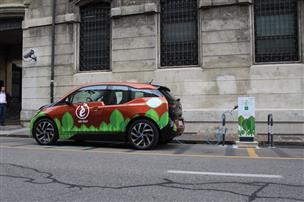

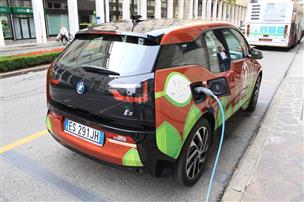
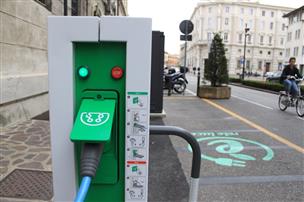
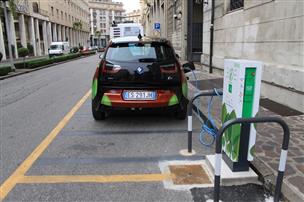
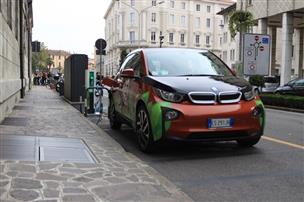
Implementation of a local biogas grid - optimize use of biogas for mobile and stationary purposes
Location of implementation:
The pilot region includes 18 communities in the south of the province Burgenland (NUTS 113), in the Güssing region. Together they are representing the association "ökoEnergieland”.
Involved Partners:
European Centre for renewable energy (EEE Ltd.), Güssing Energy Technologies (GET Ltd.), communities, local plant operators
Short description of the PA
The overall objective of the pilot activity is the implementation of a local biogas grid in the Güssing region in order to guarantee an optimized use of biogas for mobile (gas filling station) and stationary purposes (heat supply for private households). To achieve this goal it is necessary to calculate the current demand of energy, the current potential of resources (for biogas plants) and to make a business plan. Furthermore technical pilot test regarding biogas boilers for private home applications have to be done.
Concreteness, Transnational relevance & Innovation
Biogas is a multifunctional energy source which can be easily stored and transformed into any other energy carrier like heat, electricity, natural gas, fuel for transport etc. Due to the fact that the rural area of the Güssing region is characterized by lots of resources for the biogas production, the future focus of renewable energy strategy planning is on biogas especially in order to produce fuels for transport and heat for supplying households (which are not connected to district heating grid yet). Another important issue which is targeted with this pilot activity is the fact that feed in tariff terms for green electricity produced out of biogas are phasing out in the next years which means stress on many operating biogas plants in Austria (and abroad) when it comes to calculation of profitability and investment return. Peal load power and flexible energy production will be an important approach for future biogas plant operating. The issue of storage plays an enormous important role to make this flexibility possible. Based on the huge number of operating biogas plants in the Alpine Space region (especially in Germany and Austria) the issue of biogas storage in combination with an optimized use of biogas for mobile and stationary purposes is relevant.
Expected results/outputs
In respect of technical components: the selection of the appropriate biogas boiler, the necessary dimension of biogas storage for biogas grid. The dimension and course of the grid itself. Information about demand of additional biogas plants.
In respect of economical parameters: economic efficiency of the whole project, overall costs, production costs per kWh biogas, costs for consumer, feedstock demand, feedstock costs
Expected results/outputs
The expected results out of this project are to build up a decentralised system to supply the region with biogas. The biogas, produced from the biogas plant, should be feed in the biogas grid, built up in the ökoEnergieland. After various calculations of the biogas grind, different variants were investigated. In the moment three of them are relevant. Based on the discussion between the mayors in the ökoEnergieland and the technical experts, one scenario should be selected out of these three possibilities.
The main plan is mainly to connect the peripheral situated households, where the supply with district heating isn’t possible. In the first step the main pipeline should be constructed to transmit the system stability. This main pipeline should be a connection between the community of Strem (500 kWel.) and Heligenkreuz (1 MWel.)
Present stage of implementation
Within the pilot project it has been planned to prepare and assess different items in respect to the biogas grid which will be necessary for a future implementation. One of those things, apart from technical assessments as well as private acceptance, will be also the financial aspect and the support from the public and their regulations. At the present stage technical aspects as the overall dimension of the grid as well as different assessments and investigations in respect to the biogas heater are well developed. Based on those results now storage systems and needs to them have to be evaluated and the financial plans have to be re-managed and adopted. Nevertheless still some decisions in regard to public framework conditions and funds are still under investigation and have to be decided during next periods to be able to do the overall financial plans and promote the grid to the public.
Steps planned for next reporting period
- Finishing the technical assessment of biogas heaters with Viessmann company
- Decision regarding framework conditions and funds
- Re-development of the overall net and financial planning’s
- Promoting the biogas grid to the public, questionnaire to evaluate the interest
- Starting a first test grid lane






Shift, Store & Drive (PP3)
Short description of the PA
Smart node: a solution to manage a stationary storage in a SME site with a PV plant and an EV.
Location of implementation:
The location is the headquarter of the company MAVEL Srl in the Municipality of Pont Saint Martin (AO) in the Monte Rosa Mountain Community area.
Involved Partners
Autonomous Region of Valle d’Aosta, Regional Ministry for productive activities, energy and labour policies, department of energy saving and renewable energy sources development.
MAVEL Srl and WhiteQube Srl. Mavel Srl is the technological partner (as part of the scientific support) of PP3 AOSTA and Whiteqube is a society co-owned by Mavel. Mavel’s role in AlpStore is to design, realize, run and monitor also exploiting Whitecube’s skills, the pilot plant
Concreteness, Transnational relevance & Innovation
The PP3 PA is a real-life implementation of a stationary storage system in a small manufacturing site with the aim to test some energy management functions and assess the system performances. The Smart Node is constituted by a RES generator, an electrical load (the manufacturing site) , a storage system and an intelligent control unit for management and control (the inverter named smart box). An electric vehicle will be inserted into the node as a load and/or a storage. The smart node will test different storage functions and configuration in order to:
- validate the Smart Node model through the acquisition and the analysis of the experimental data;
- test various Smart Node functions with different user’s configurations as well as build a representative numerical model of the node;
- provide a basis for the extension to a larger scale of the pilot action results.
The pilot implementation will be evaluated not only from the technical point of view but also in term of costs/benefit, large-scale deployment, market potential and impact on the power grid. A more accurate project description and design is contained in the "Implementation Plan”.
Considering that in Aosta Valley there are different innovative SMEs working in the filed of energy storage and EV, another important objective of the PA is to show the feasibility and the penetration potential of these technologies associated to sustainable mobility, thus fostering new business opportunity for the sector. More the Smart Node size is considered representative not only for SMEs, but also for small touristic or commercial activities or prosumers which are common over the regional territory and the Alpine Space. From the transnational point of view the PP3 PA strategy is complementary with the PA n. 5, 6, 9,10 and 11.
The innovative element of the PA is represented by the implementation of "customized” energy management functions and the integration of the electric vehicle management as a part of the node. The smart node is a field test of a distributed small scale energy management system that in the future may provide significant benefits to the overall energy system.
Present stage of implementation
- RP4 – running of field test, monitoring and on going internal reports (see the implementation plan for further details)
Steps planned for next reporting period
- RP5 – Prosecution of the monitoring and experimental phase of different configurations,.
- RP6 – Conclusion of the monitoring and experimental phase; Study, analysis and report on the PA results.
Problems and delays
The permitting phase has further delayed the beginning of the PA. Several aspects (some of them are still pending) had to be discussed with the Municipality and the Regional Cultural Heritage Authority referring to the installation of the PV shelter. Because of some regulatory delay the additional second pilot project a residential node with a PV system and a EV cannot be implemented.
Publicity achieved for the PiP
Presentation of the project at the regional technical workshop, video spot on the pilot action "Smart Node” (PP3)
Short description of the PA
Stationary storage to manage PV plant in a small manufacturing site with an industrial load and an electric vehicle.
Location of implementation:
The locations are the Municipality of Pont Saint Martin (AO) in the Monte Rosa Mountain Community area and the Municipality of Chambave (AO).
Involved Partners
Autonomous Region of Valle d’Aosta, Regional Ministry for productive activities, Energy planning and energy efficiency bureau
Concreteness, Transnational relevance & Innovation
The PP3 PA is a practical implementation that foresees the connection of a stationary storage system to a photovoltaic systems and a small manufacturing load. Moreover an electric vehicle will be used for a certain period as the company vehicle. The purpose of the test is to verify the potential of a stationary storage system in managing the PV production with regards to a small manufacturing activity needs and distribution grid requirements. Furthermore, will be performed some "real life condition” tests on the use of the EV in a "mobile storage” configuration.
The pilot implementation will be evaluated not only from the technical point of view but also in term of costs/benefit, large-scale deployment, market potential and impact on the power grid. The details of the PA are contained in the "Implementation Plan”.
Considering that in Aosta Valley there are different innovative SMEs working in the filed of energy storage and EV, another important objective of the PA is to show the feasibility and the potential of these technologies in the sense of a more efficient power supply from RES associated to sustainable mobility, thus fostering new business opportunity for the sector.
From the transnational point of view the PP3 PA strategy is complementary with the PA n. 5, 6, 9,10 and 11.
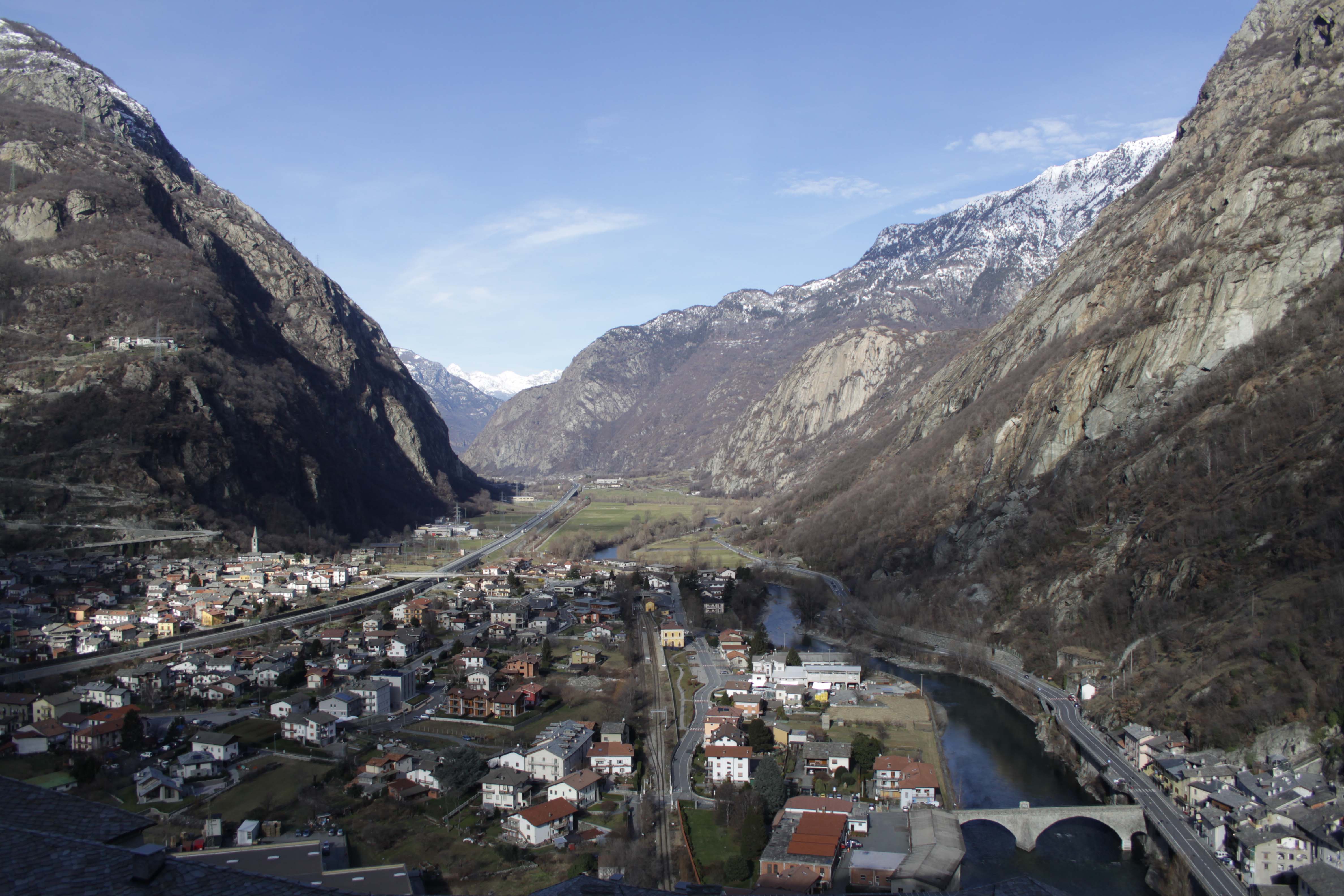




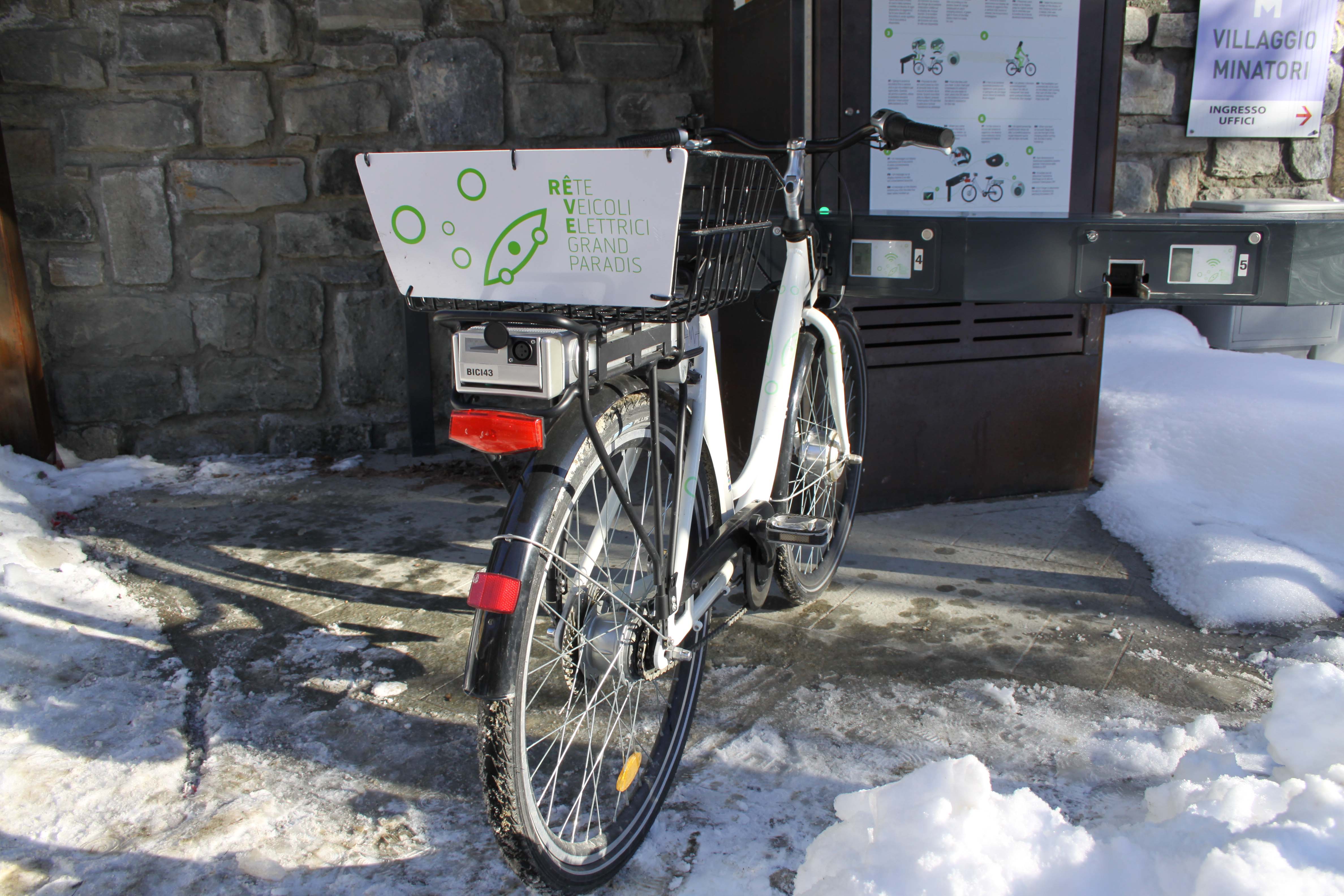
Install and monitor REDOX flow batteries to balance PV
Location of implementation:
The PV-REDOX system will be implemented in the municipality of Trojane, Slovenia.
Involved Partners:
Project partners involved are Regional Development Agency of Gorenjska (RDA) - PP12 and University of Ljubljana (UL) – PP13.
PV-REDOX
The aim of the pilot project "Operation of REDOX flow batteries with photovoltaic modules – PV-REDOX” is to show the benefits of energy storage system (REDOX flow batteries) operating with renewable energy sources (RES) in remote areas of the Alpine Space region. PV-REDOX will demonstrate the feasibility and effectiveness of such system, from where guidelines for future implementations will be derived.
Planned project activities:
PP12 & 14:
- Define the PV-REDOX concept;
- Define technical requirements and budget;
- Install REDOX Flow Batteries of app. 7 kW and PV system of app. 10 kWp;
PP13:
- Development of operation scenarios and control algorithms;
- Computer simulations of system operation;
- Implementation of the control system;
Objectives:
- Demonstrate PV system with REDOX flow batteries to enable off-grid operation of the Municipality of Trojane;
- Demonstrate load balancing and voltage profile support with PV-REDOX system;
- Demonstrate how to increase the penetration levels of RES into the distribution networks by using energy storage systems;
- Define and quantify performance requirements, operating practices and cost/benefits levels associated with the PV-REDOX;
- Display the benefits of using RES-battery systems to general public and future users;
- Promotion of renewable energy sources;
Anticipated transnational and innovative elements:
- Development of cross-border energy concepts for the use of RES;
- Establishment of cross-border cooperation between companies in the field of RES and energy storage;
- Breakthrough in the use of efficient and environment friendly energy in the mountain area;
- Innovative system design as a combination of RES unit and energy storage technology;
- Innovative utilization of RES-battery systems and innovative operation schemes to increase the reliability of electricity supply in remote areas of the Alpine Space region;
Present stage of implementation
- Final definition of technical requirements and budget.
As planned 10kW of Electrical Power Storage System will be installed. The public procurement call was published and one application was sent.
From that point of view there will be no difficulties with the potential claims related with the call and the company will deliver the system for a leasing and testing purpose as planned. We will sign the contract within one week from now.
Budget: As it was proposed: reallocation of the budget from the Jezersko Municipality to BSC Kranj will help for matching the outcomes that was promised in AF.
- Definition of place and design of the system.
Place of the installation of the REDOX system will be in one village called Trojane. It is the village located on a hill that is a part of suburban area of Alpine space. There they have problems with stabile electricity supply; they have a PV source for electricity generation and an e-charging station.
The test environment will be similar as it was planned for Jezersko municipality.
- Established communication with REDOX battery manufacturer and other utilities.
The delivery company has already established relations with the manufacturer, therefore the delivery, the tests and other outcomes can be ensured. Communication with other facilities will be established when the installation will be realized.
- Defined relations with cooperation partners and sponsors.
Electro Faculty Ljubljana (PP13) will be the institution that will use that Redox case for a test and study purpose. Electro Ljubljana as an electricity distributor will use that storage battery for testing and storage purposes also for bridging the electricity supply black outs and e-charging needs. RDA BSC Kranj will use that case for promotion of the new storage possibility for the new storage project applications and energy saving projects within the region. It will use the know-how of this project for new research and useful application projects.
Steps planned for next reporting period
- Preparation of project documentation.
Public call was launched and the delivery company chosen. Other project documentation will be produced in parallel with the implementation of the Pilot.
- Implementation on-site.
PV-Storeplus E-Bike
Location of implementation: Oberallgäu, Germany
Short description of the PA:
Install stationary storage in Sonthofen (using 2nd life EV batteries from CH) to guarantee carbon free power for e-bikes and other electric vehicles - Utilization of stationary and mobile storages as buffer from decentralized and fluctuating produced renewable energies.
In Oberstdorf and Sonthofen, AlpStore plans to install stationary batteries that store true solar energy until it will be loaded into the batteries of E-Bikes. Tourists who rent E-bikes can then be 100 % sure that they bike with green energy. The project can be seen as a first step towards electric vehicle "filling stations” that can operate independent from the grid situation. A special clou: the batteries of the stationary solar buffer will enjoy a second life after they have been serving as batteries of electric vehicles.
In Kempten and Sonthofen, AlpStore partners AÜW and eza! will install battery storage homes an test it in real life conditions. An energy management system will control the flow of power between the PV system, the solar buffer and all appliances including the charge station for the electric scooter. Ongoing tests will unveil how the system can be configured to optimize the consumption of self-generated PV energy versus feeding it into the grid. One goal of the regional supplier AÜW is to learn about customer needs in order to develop new products and consult their clients. Tradeoffs of various configurations between home and grid will be assessed and fed into the regional and national governance processes.
In Oberallgäu region specifically, two different approaches will be implemented:
- PV-Storeplus E-Bike (Ref No. 10)
- PV-Storeplus Haus (Ref No. 11)
Objectives: Concreteness, transnational relevance & Innovation
- Charging points / Charging station for utilisation of solar energy for E-Bikes and Pedelecs
- Intermediate storage of solar energy in 2nd life batteries (possibly enabling quick charging)
- Testing, analysing and assessing applicability of 2nd life batteries for that kind of service
- E-Bikes/ Pedelecs as opener for a discussion about e-mobility and storage
- Research question: How important is the fact that they use green/renewable energy for their e-bike for the users?
Present stage of implementation
- All stakeholders involved and Contacts made to University (Kempten) dealing with appropriate storage research
- Agreements with pilot-site owners, to e-bike rental company, storage provider and the municipalities as well as the energy-suppliers and involved technicians
- Set-up of pilot ready and started to run with first test cycles
- Contacts made
Steps planned for next reporting period
- Running and observing the implementations
- Tracing technical as well as socio-economic results
- Implementing all connected I&P activities according to the communication conception for the pilot
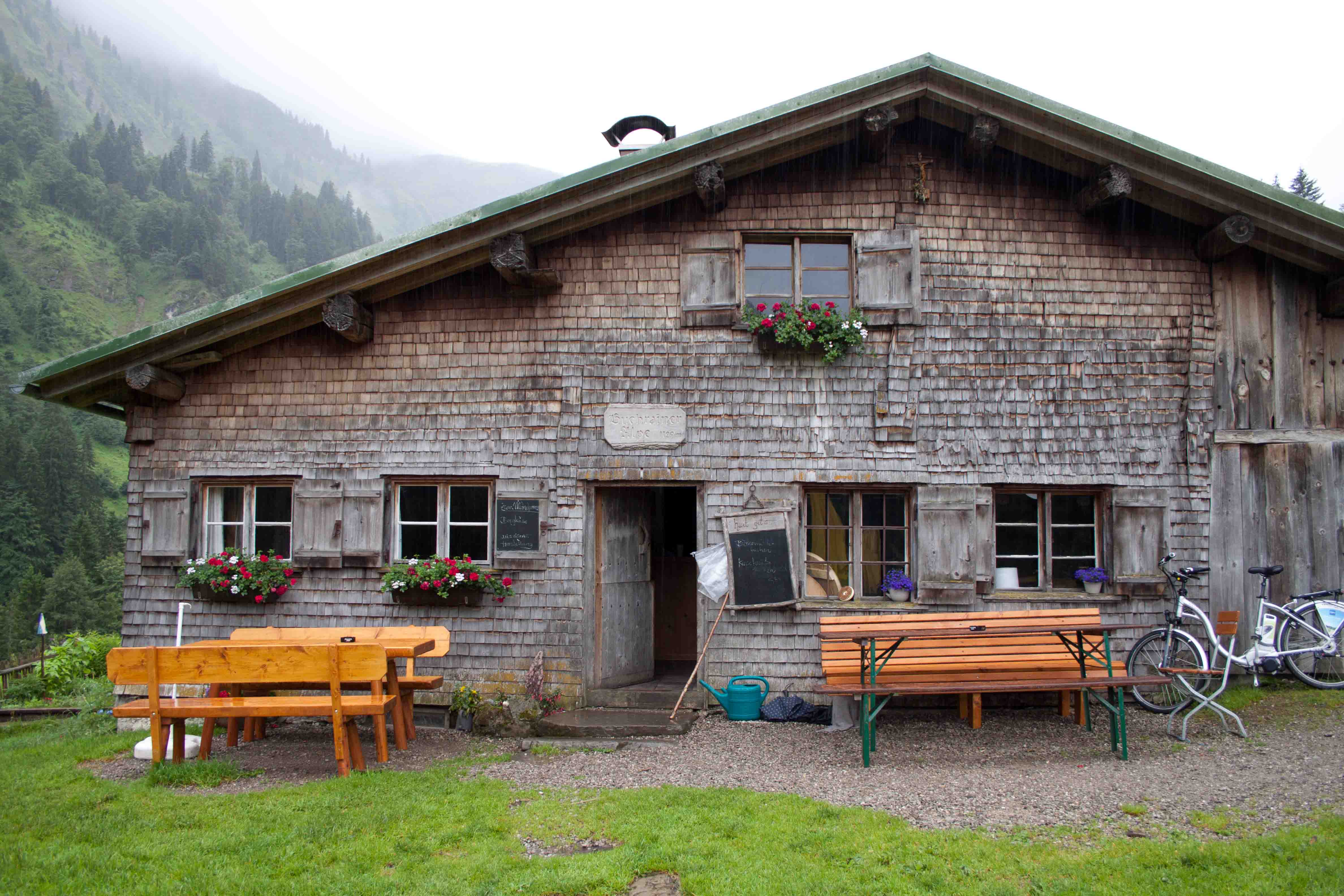

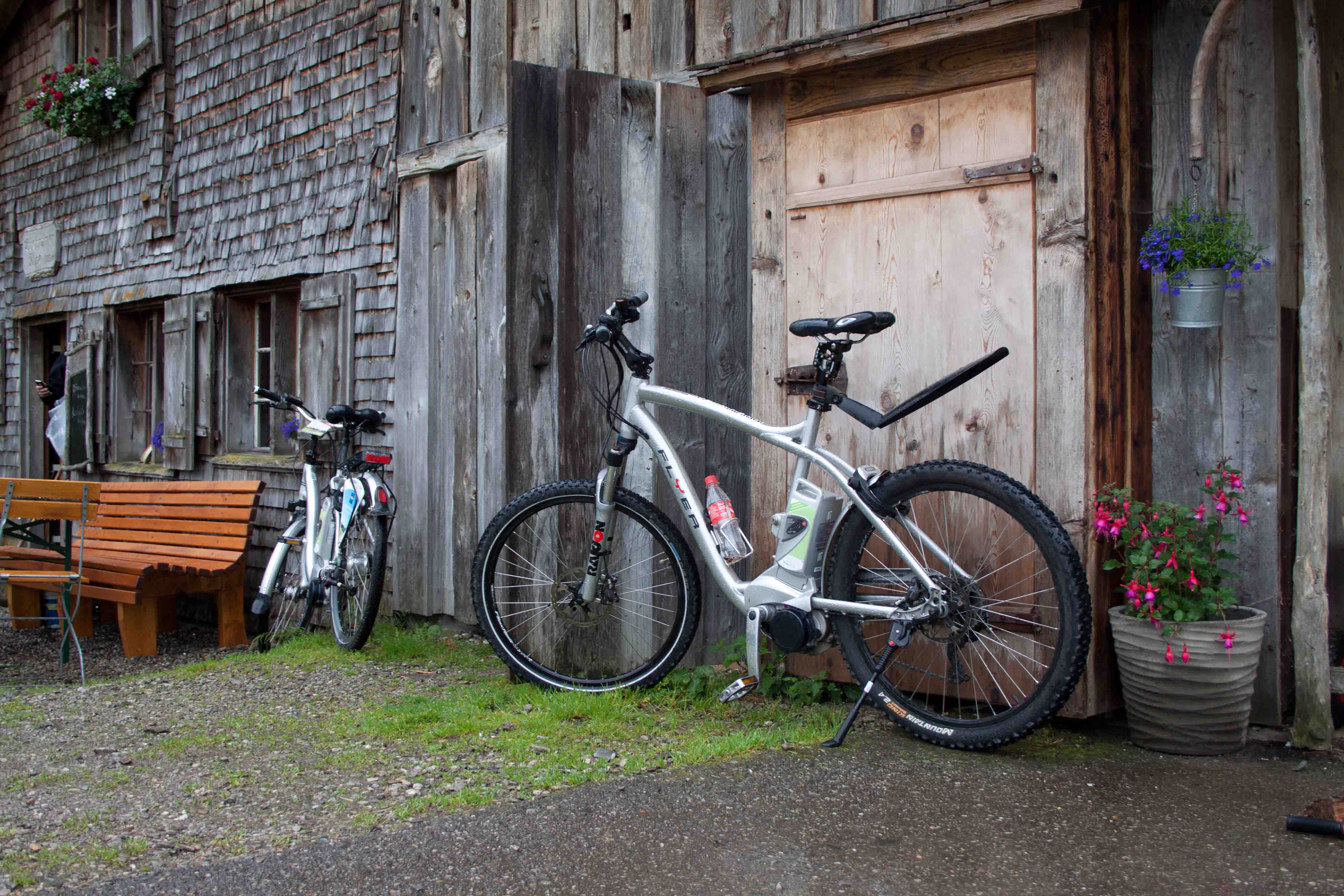
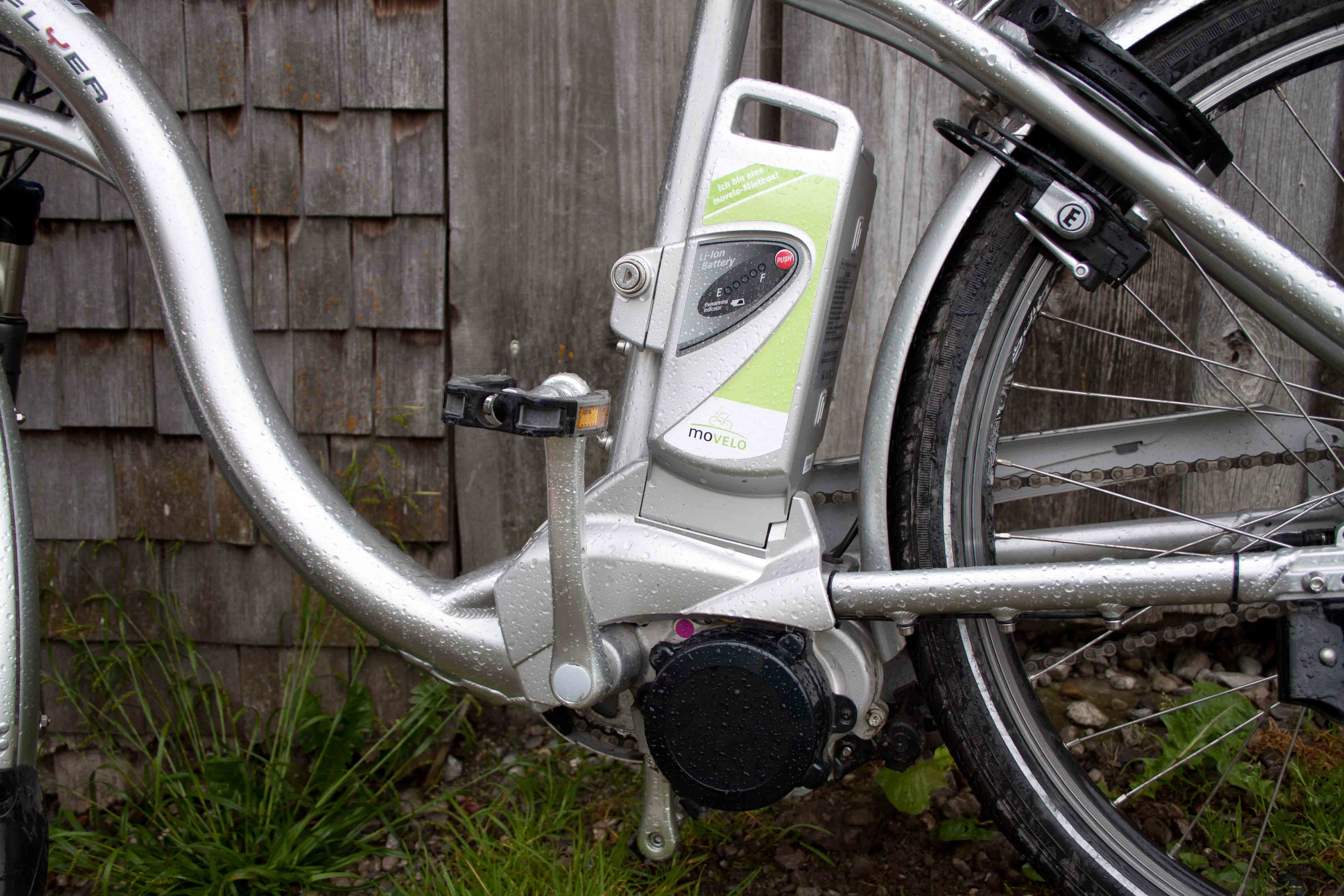
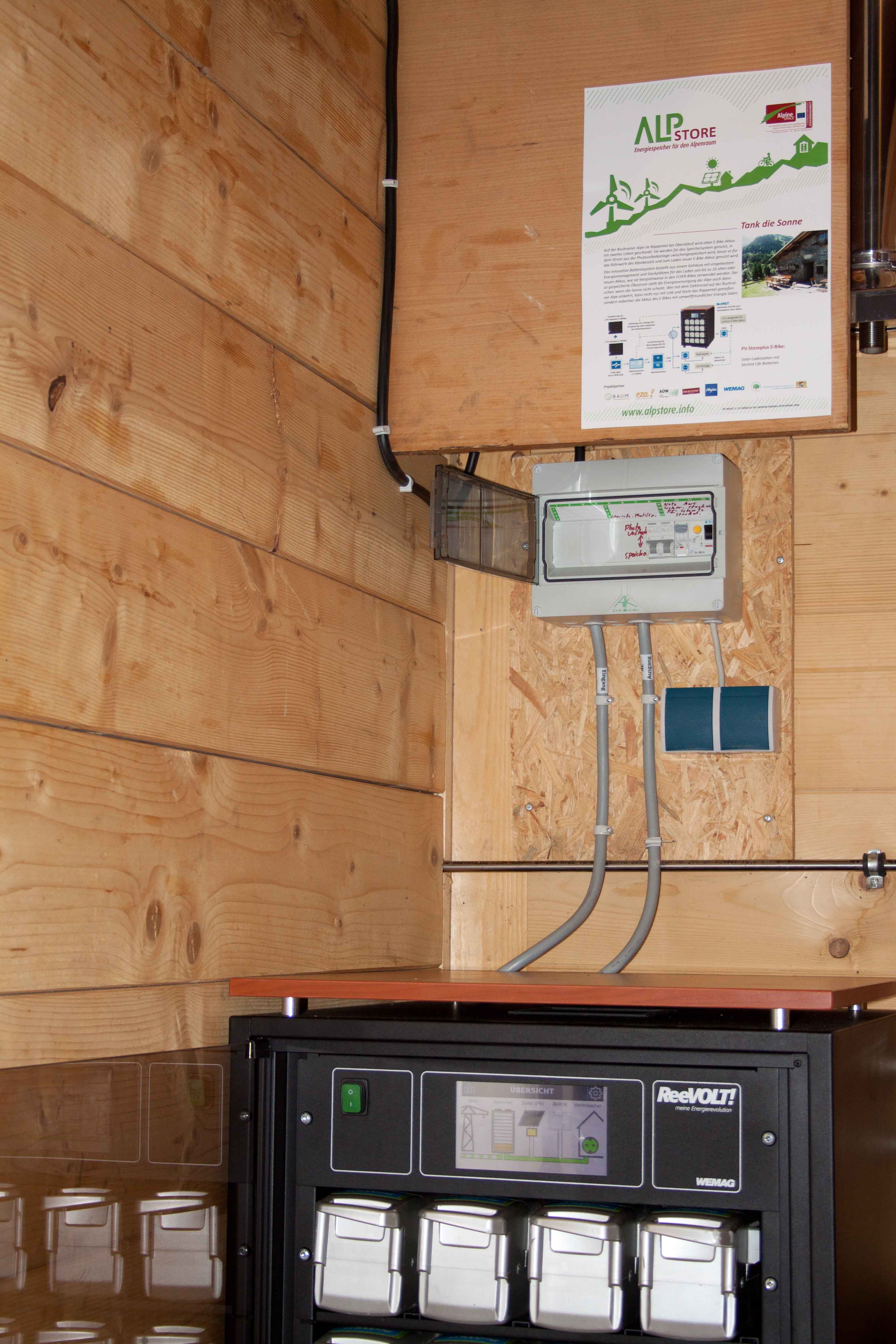
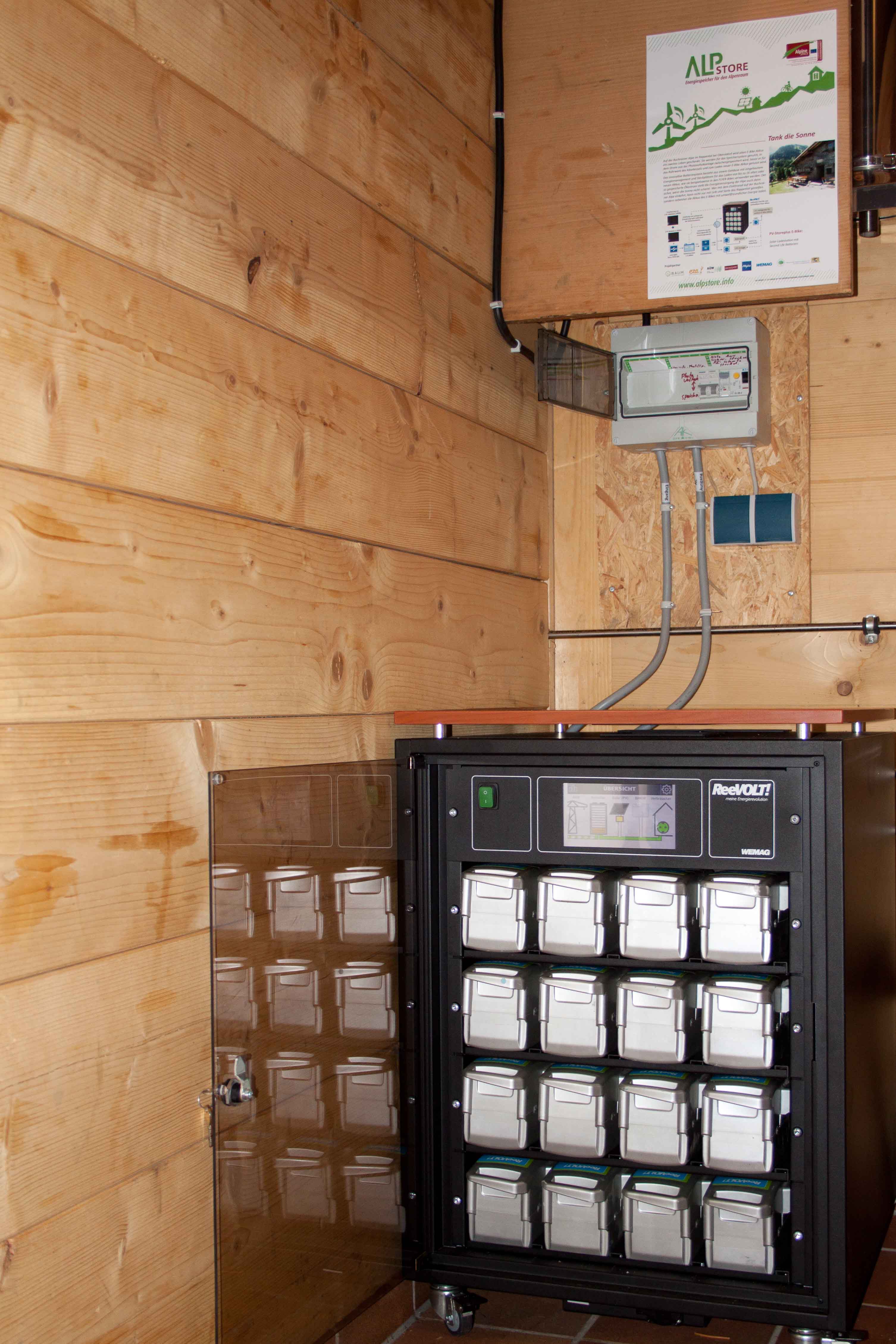

PV-Storeplus home. Stationary plus mobile battery system in energy plus homes to balance intermittent PV production and allow for controlled charging of scooters and small EVs.
Location of implementation: Oberallgäu, Germany
Utilization of stationary and mobile storages as buffer from decentralized and fluctuating produced renewable energies.
In Oberallgäu region specifically, two different approaches will be implemented:
- PV-Storeplus E-Bike (Ref No. 10)
- PV-Storeplus Haus (Ref No. 11)
PV-Storeplus Haus (PP10 in cooperation with PP11)
Planned activities:
- Installation of battery storage systems in homes that generate electricity with a photovoltaic system. In addition, the households should get an e-bike and e-scooter.
- Logging and analysis of energy data (production, storage, consumption, feeding)
- Calculating energy balances and optimal design of the system (PV-plant, storage); regarding optimization of self-sufficiency and calculation of profitability.
Objectives:
- Identification of possible self-sufficiency level depends on different consumption profiles.
- Built up expertise to offer customers new innovative products linked with expert advice.
- Optimization of self-sufficiency and calculation of profitability.
- To bring in the experiences into the current political discussion.
Expected results/outputs:
Installation of storage systems in pilot houses in Sonthofen and Kempten as illustrative objects:
- to gain know-how for energy consulting for consumers; the aim is to development of guidelines for consultants
- excursions with stakeholders, politicians and consumers
- to create business models for utility companies
- press releases, information and presentations for relevant stakeholders to get renewable energies and the need for storage into the public discussion
Anticipated transnational elements:
- Sharing knowledge on standardization and engineer standards of battery storage systems (including interfaces to e-mobility and photovoltaic).
- Calculating energy balances and profitability without regard to national funding. (market integration) => transferability (especially photovoltaic energy is available all over the alpine space)
Anticipated innovative elements:
- Connection of electric vehicles to the battery storage management.
- Customer-friendly all-in-one package (Battery system, maintenance, installation, visualization, grid connection, residual current, energy consulting, regional value).
- Future requirements and challenges; (single phase or three phase, parallel operation, review of the frameworks for bringing the system into the market).
Present stage of implementation
- Market research on available Battery systems
- January, February 2013: In order to find sponsors for battery systems, we sent out a request to 22 battery manufacturers in Germany. Unfortunately, only two local companies were interested to participate in the project and to offer battery systems for rent/lease.
- Installation of stationary battery systems in 6 pilot households in summer/autumn 2013 (please find details below)
- 10.10.2013: A field trip with the local press has occurred to two of the pilot households in Betzigau and Sonthofen; following press articles were published
- Parallel to the installation of the batteries, the electricity meters in the household were replaced by smart meters and combined with a modem to transfer the data (called "Skalar”). The monitoring will collect data from the PV-system, the power supply from the grid and the energy stored in the battery.
- The project AlpStore, the Status Quo and the Masterplan and the pilot implementations were presented to the public and experts (AlpStore_ProjectPresentation_PP10_PP11.xls)
- 15.05.2014: customer workshop with all pilot customers to gain and discuss experiences
- data monitoring and monthly evaluation
- customer care, customer first-level-support and fault repair
Sonthofen
- To select the pilot households, an article in the local newspaper ("Der Sonthofer”) was released in April. After this, 14 interested persons/families applied to be a pilot household. From these, 2 households were drawn by the administration of Sonthofen.
- In May/June the general and technical conditions were discussed with the pilot households Gebhard Lochbihler and Alexander Zeller. Both have a photovoltaic system installed.
- After clarification of the financing and technical feasibility, the battery systems were ordered from SOLUX. SOLUX is a local company in Kempten that has a broad expertise in the field of solar thermal systems and photovoltaic systems.
- In October 2013 the 2 battery storage systems were installed on the 9th of october at the pilot sites in Sonthofen:
o The battery system installed at Ostrachstraße 22 - Mr. Lochbihler – is similar to the first one but it uses a different battery. A traction battery, normally used in e-vehicles (e.g. fork-lift trucks) with a capacity of 18,0 kWh was used for this storage system. The capacity of the pv-system is 9,3 KWpeak.
o To monitor the pv-production, the feed-in an self-consumption and the energy taken from the grid, both battery-storages use a smart home system (SMA sunny home manager). The actual status and the energy flows can be monitored via the internet. There are still slight problems in the communication between the sunny home manager and the internet-router at the pilot sites.
o The electric scooter was handed out to the pilot-households. Due to weather conditions, only one household (Mr. Lochbihler) used the electric scooter so far.
Kempten/AÜW-ruled area
- To select pilot households all AÜW-customers with certain conditions were approached (app. 80 customers). The conditions were: Households with annual electricity consumption between 3.000 and 6.000 kWh/a, which have a PV plant with an installed capacity <10 kWp, which was installed in the period between April and December 2012.
- Based on the feedback out of these customers 4 pilot customers were selected that install a solar battery system in the period August / September 2013. In respectively two households two different systems are used.
- There were generated two different funding systems for the reference customers by the AlpStore project – including preparing several contracts (Agreement for Data Confidentiality; project agreement; ...) and special measure concepts (counter conversion; communication modules; middleware for centralizing all the data).
o The solar battery systems were installed in 4 households.
Steps planned for next reporting period
- The collected data will be monitored and analyzed – in RP5 data monitoring and analyzing will be proceeded; in addition there can be performed further evaluation about one complete calendar year.
- Information and publicity on the pilot project; e.g. education for energy consultants, press releases to inform about the project; articles in newspapers and magazines to inform about experiences with the pilot-projects in Kempten and Sonthofen.

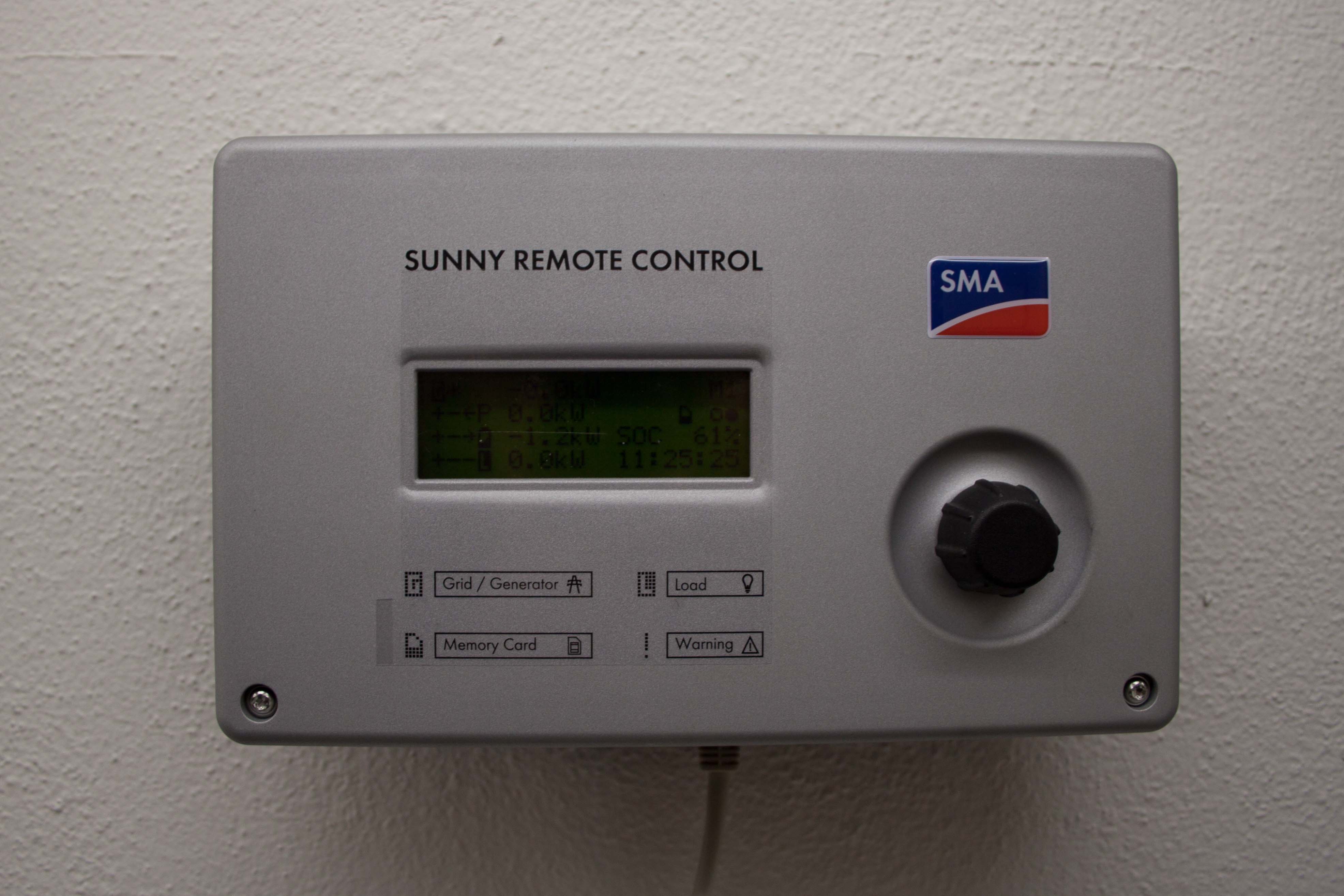
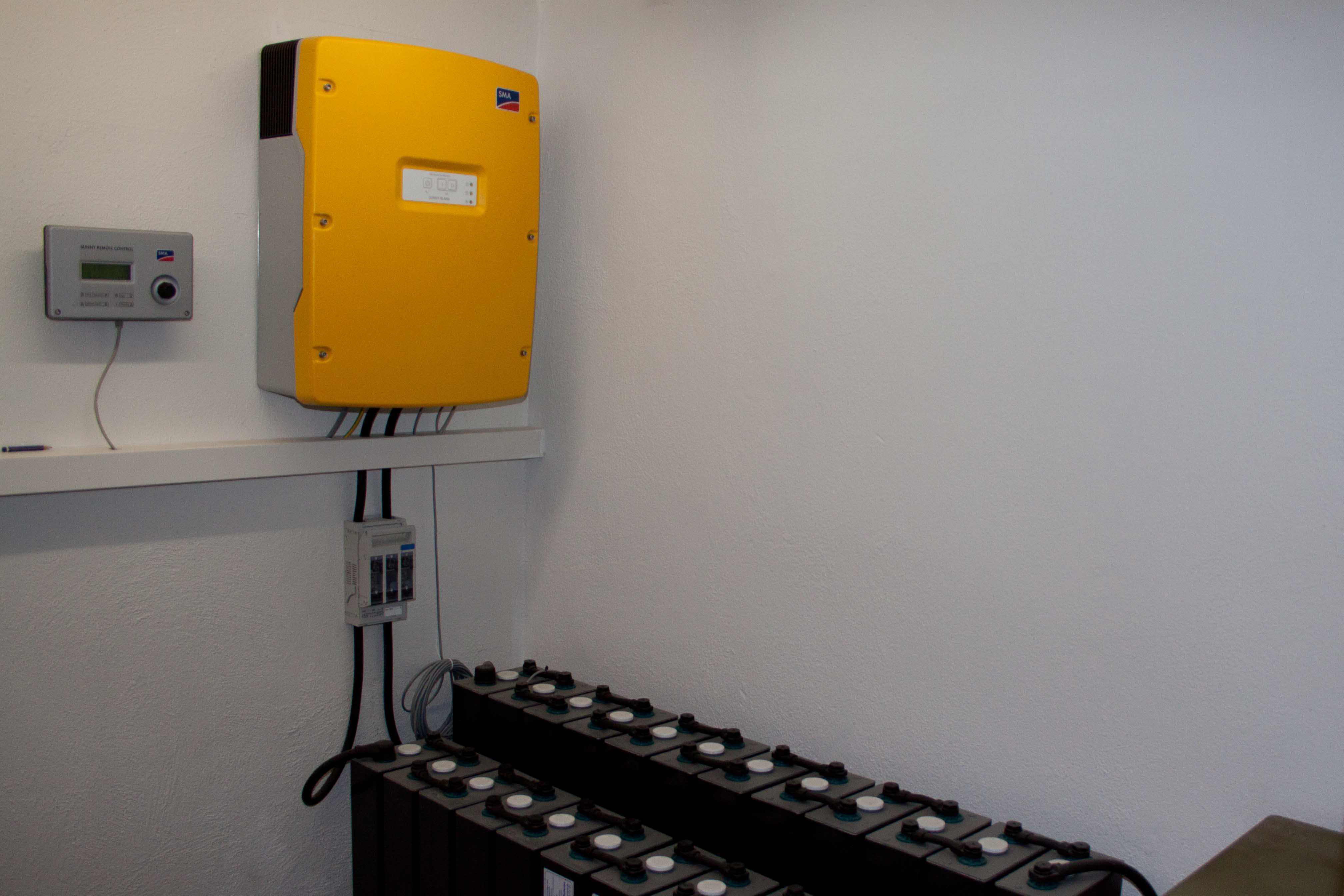


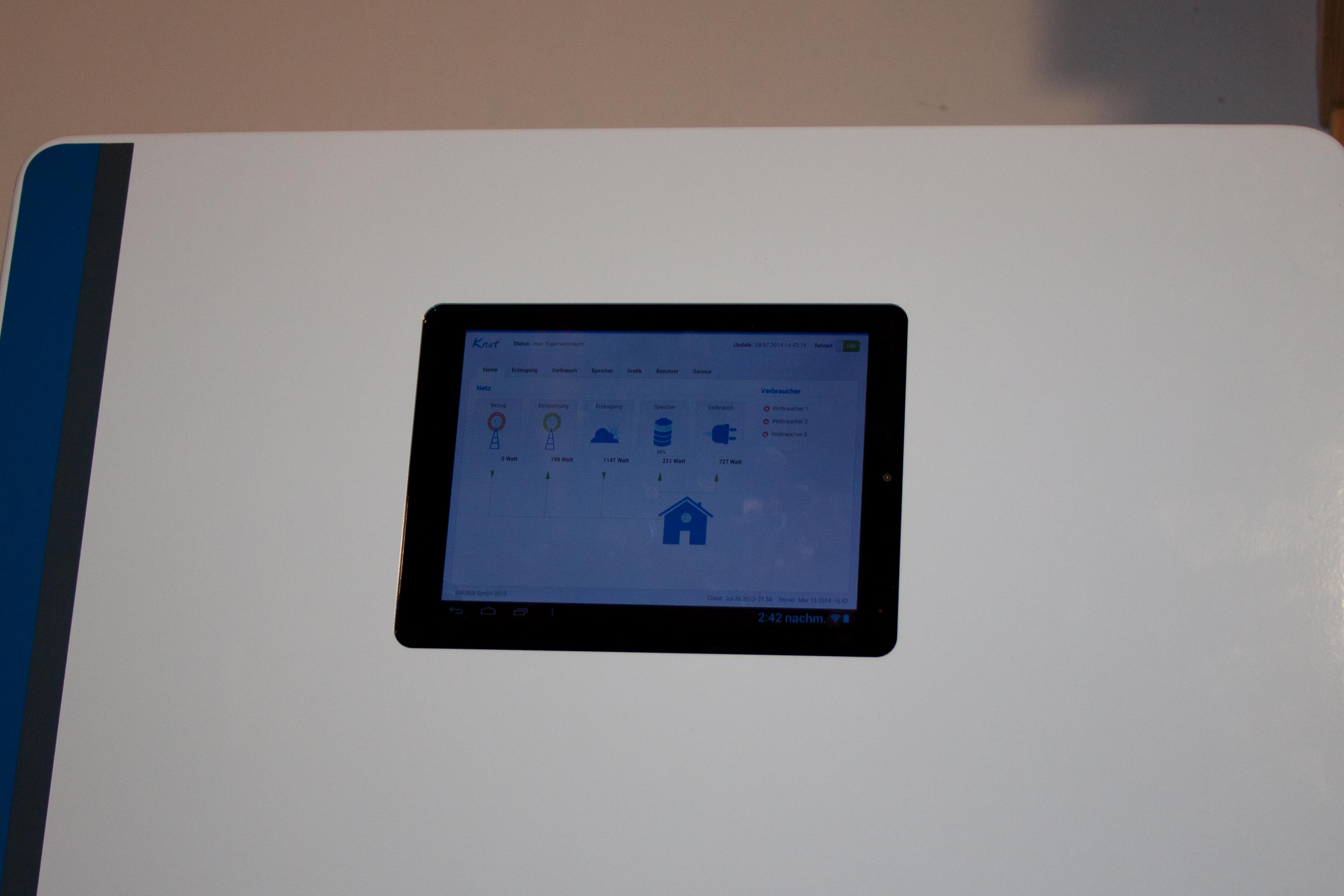


Biogas and District Heating in Grafing bei München (Germany)
Location of implementation:
The city of Grafing bei München is a rural city accommodating about 13.000 people in Bavaria, Germany. The surrounding district of Grafing is Ebersberg. The kick off conference of AlpStore took place in Grafing.
Involved Partners: FFE, ROTH, BAUM
Partially operate village Grafing as a self-sufficient cell with gas and battery storages; gas car to use wind or bio gas.
Since 2011, the local power supplier Rothmoser uses biogas from a biogas plant to operate combined heat and power plants (cogeneration). The substratum, input of the plant, is composed of local farmers’ manure, plant remains and corn – grown by the biogas plant operator. Within ten days, the substratum releases biogas by fermentation; then the farmers can take the fermentation residue back to fertilize their fields. There is a biogas pipeline between the biogas plant and the cogeneration plants, which are associated to two independent district heating networks. Currently, the biogas plant is not driven at its full capacity, due to a permission that is only sufficient to cover its present lower capacity. To be allowed to produce more biogas, the mayor needs to issue a new permission; but this has been denied until now because of some townspeople’s protests.
Within the project AlpStore, the FfE, regional partner of Rothmoser, is considering the possibility of decoupling the power and heat generation. Various benefits –as an independent electricity supply of Grafing, an increased portion of renewable produced energy or decreasing energy prices– can be obtained with such a decoupling. Different storage technologies are being studied, such as a downhole heat exchanger, super isolated water tanks or biogas holders – according to measured and calculated load profiles.
Planned activities:
In an upcoming survey, Grafing’s inhabitants will be asked about their acceptance of these technologies as well as about their preferences and main criteria concerning a storage solution. Their willingness to change energy consumption habits will also be requested.
Furthermore it is planned to investigate storage-possibilities in the city. An optimisation of the combined heat and power grid shall show the potential of storages.
Expected results/outputs
Energy turnaround in Germany can only work with the support of the citizens which are affected in one or another way. Therefore a survey addressing the energy turnaround and especially energy storage topics is conducted among the citizens of Grafing.
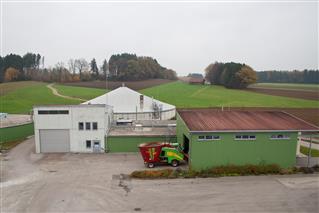
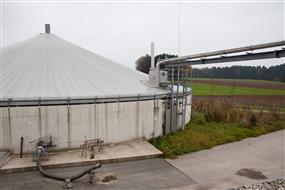
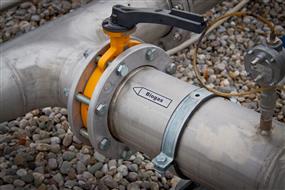
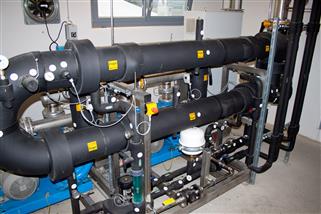


Energy in Motion
Location of implementation: Brescia Province, Lombardy, Italy
Involved Partners: Regione Lombardia, Provincia di Brescia, A2A, Gruppo Clas, ALOT
Short description of the PA:
ALOT, in collaboration with the partners, will define the map of location of a charging stations network for electric vehicles in Brescia Province on the basis of the removable energy plants with potential storage infrastructures. The project will be based on:
- Results previous e-mobility and storage project in EU and Italy and particularly of the pilot project "E-moving” rolled out by A2A from 2010 to 2012;
- Demographic figures and mobility figures supplied by public partners of the project;
- Technological constraints of batteries/vehicles/charging station/electrical grids/storage system and renewable energies;
- Predicted technological improvement in the next 5 years;
The goal is to set up a network of charging stations that allows:
- combine the production of renewable energies in Province of Brescia with storage system and the location of the recharging networks for EV;
- the use of the charging stations as a storage for the electrical grid, both as fault recovery and voltage regulation.
- the use of an electric vehicle to travel from/to any location in the province overcoming the "range anxiety”;
Concreteness, transnational relevance & innovation
Storage. Lombardy is the first region in Italy for distributed generation (DG) power plants and the second for small generation power plants (figures AEEG 2011). In Lombardy, Brescia is the first Province for photovoltaic and hydroelectric power plants (figures GSE 2012). It is well known the connection between problems in grid frequency stability and distributed generation power plants connected to the grid (unpredictable generation). This situation design Brescia Province as a good "test bed” for grid storage systems.
Mobility. Brescia Province is a rich, industrial district. Past experiences addressed to develop the penetration of e-mobility (e.g. E-moving 2010÷2012) gave results well below the expectations, even if in other location (e.g. in Milan) the results were encouraging. The reasons of this failures are to be found in the small area covered by the charging network, compared to the mobility demand. A possible key to achieve optimal results is to cover with the charging station network all the mobility demand of at least some categories of users. This allows the users to conveniently substitute conventional vehicles with electric ones. Actually the charging network in Brescia covers a small area close to the city center, where several mobility alternatives are available (public transportation, bike sharing, intermodal parking lot). Energy in motion will design an optimal charging stations network layout in order to improve the penetration of e-mobility in the whole province of Brescia. This recharging network will allow both to overcome the range anxiety using EV and to exploit the renewable energy production combined to the storage systems to supply EVs.
E-mobility and grid storage are common topics for all the European countries: the results of the pilot could be immediately applied to other locations with similar characteristics. The innovation is to be found in the methodology developed to define the charging stations network architecture: the same methodology is applicable in other provinces and it will provide in short time an optimal charging station layout.
Planned activities:
0. Information gathering.
1. Data gathering concerning renewable energy plants, storage opportunity and e-mobility trends.
2. Estimation of the demand for electric mobility and therefore of potential charging infrastructure for different roads.
3. Estimation of demand for storage for the electrical network in the different meanings of frequency, voltage control, and fault recovery.
4. Development of network map of stations (definition of "locations").
5. Identification and analysis of the technical requirements of the charging/storage station, economic assessment at local and provincial level.
6. Business model definition.
7. Definition of legal/regulatory setting (proposal for Lombardy Region).
8. Planning a communication program.
9. Definition and the description of the Methodology adopted.
Expected results/outputs:
1. Two maps were defined for the location of the recharge stations in the Province of Brescia; in summary, 22 stations polarized on the location of renewable energy plants and along the roadway, and 444 stations near poles which attract traffic allow the complete coverage of the territory of the Province, allowing all the EV to move freely without restrictions, overcoming the range anxiety;
2. A collection of the business models identified for charging/storage service provider;
3. A report with regulatory proposals and a list of key-actions for the Public Administration that should help the establishment of this new system of mobility and storage of electricity;
4. The detailed description of the methodology used to obtain the results: this document can be used as a basis for the development of similar projects in other geographical locations, in Italy or abroad.
5. Scenarios of penetration of the electric vehicles In Province of Brescia and at the national level.
6. A communication plan which has the objective to promote the development of the electric mobility and recharging stations combined with the storage systems and the production of energy from renewable resources in the territory of the Lombardy Region. The communication and dissemination are essential to the success of the project throughout Lombardy Region. This result includes other outputs, as illustrated in the chart, because it is a kind of trasversal action that involved the communication and explanation of the methodology, the businness models, the maps and a proposal of regulatory setting.
Present stage of implementation:
Diffusion of the completed pilot project
Steps planned for next reporting period:
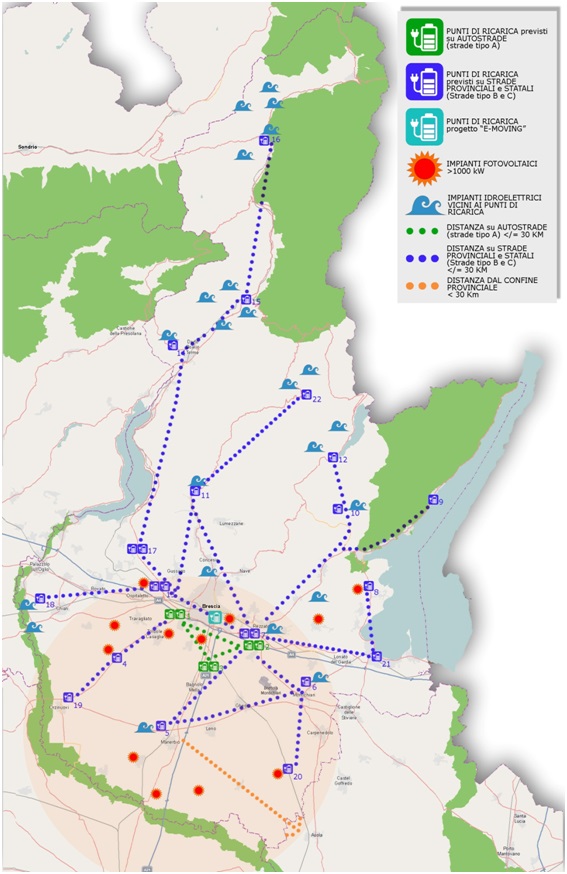
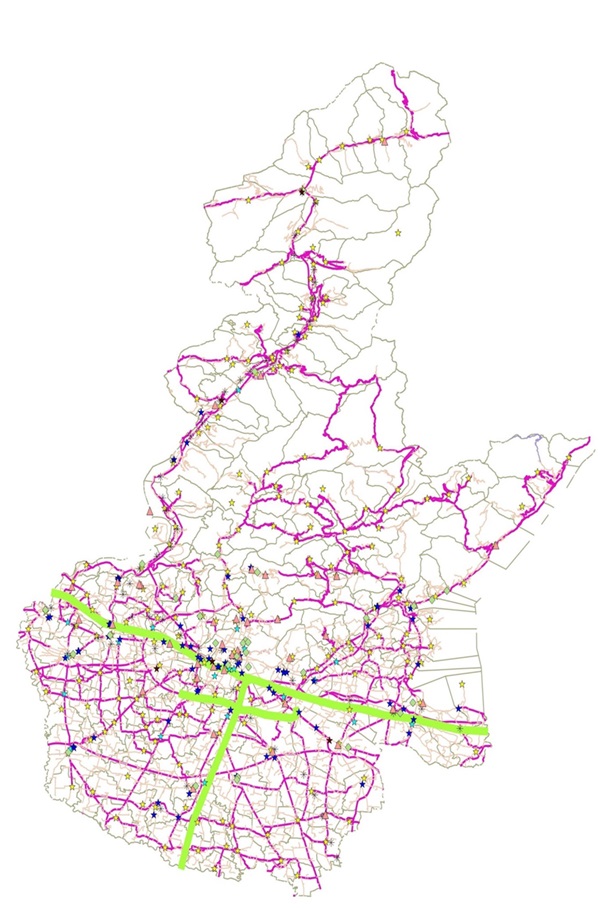
AlpStore FINAL CONFERENCE and Study Trip, February 26-27, 2015
A great success for the AlpStore final event in the Aosta Valley







